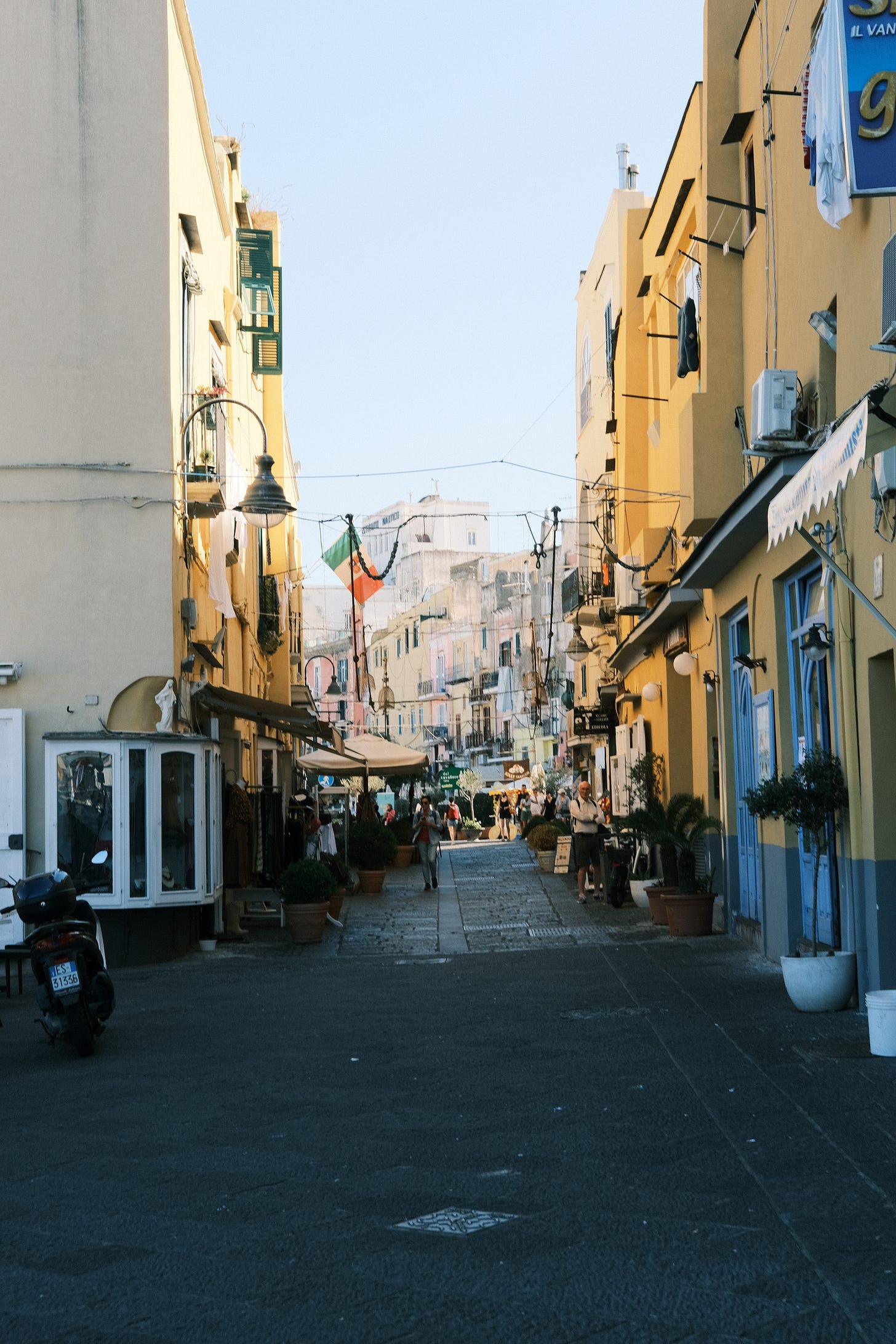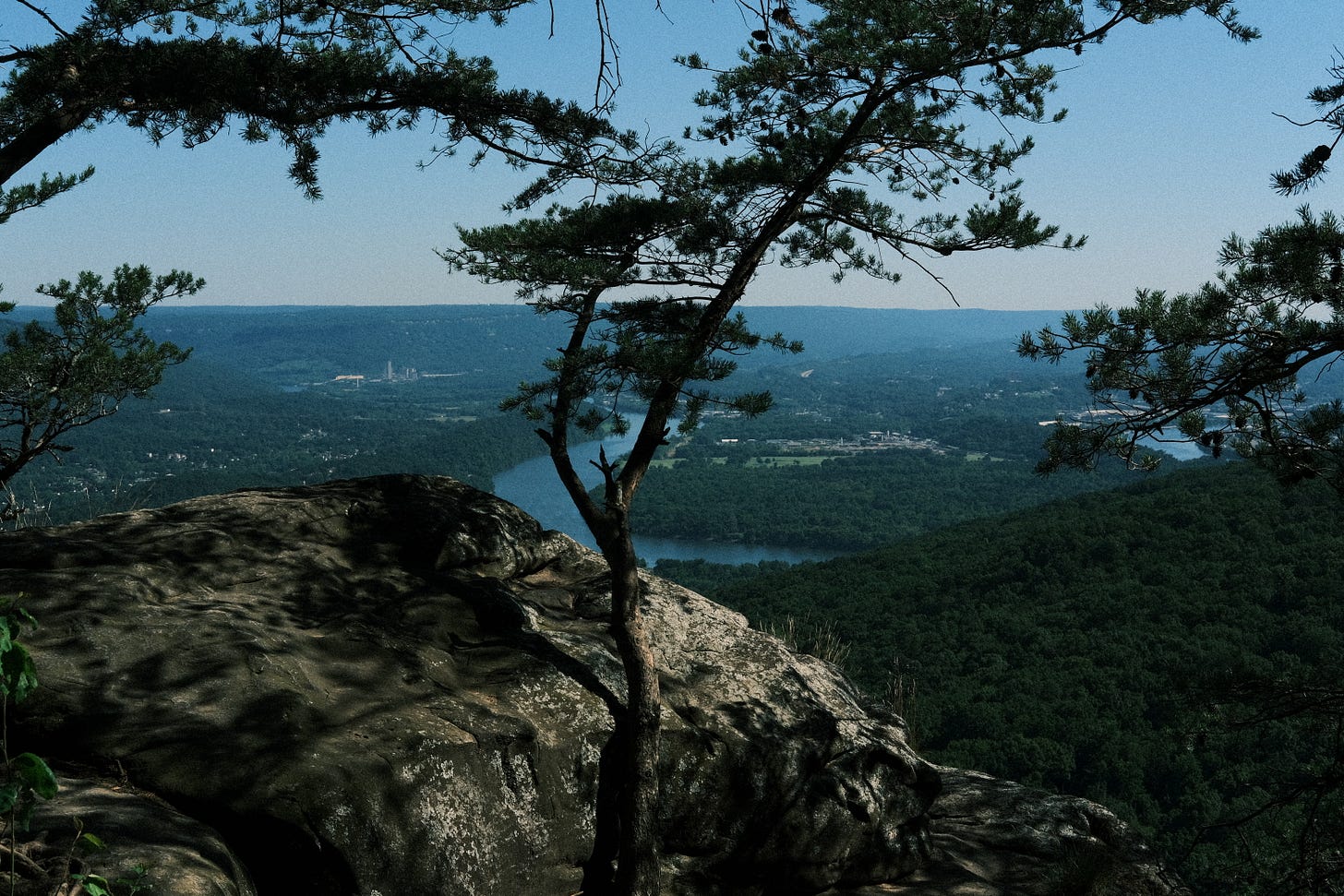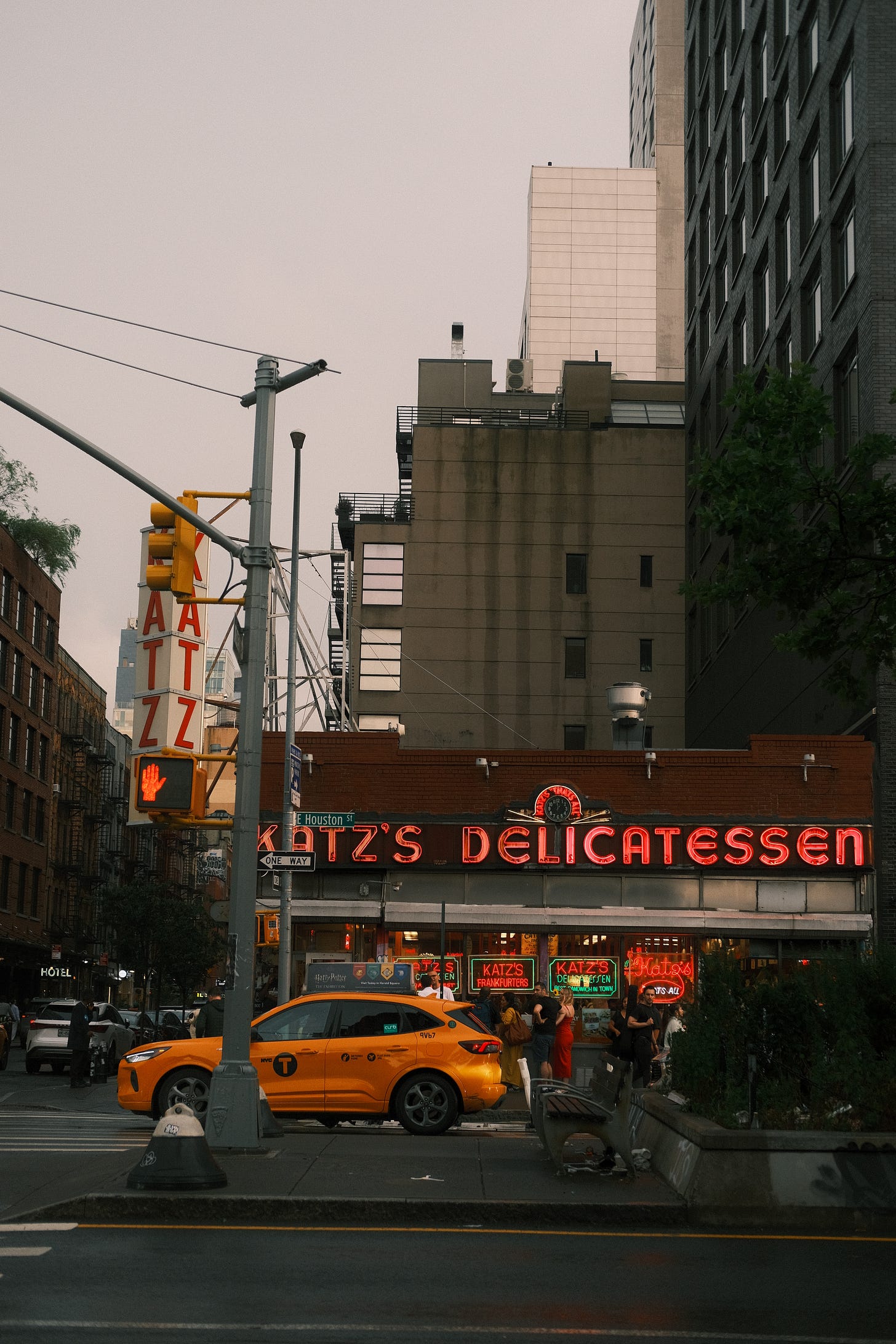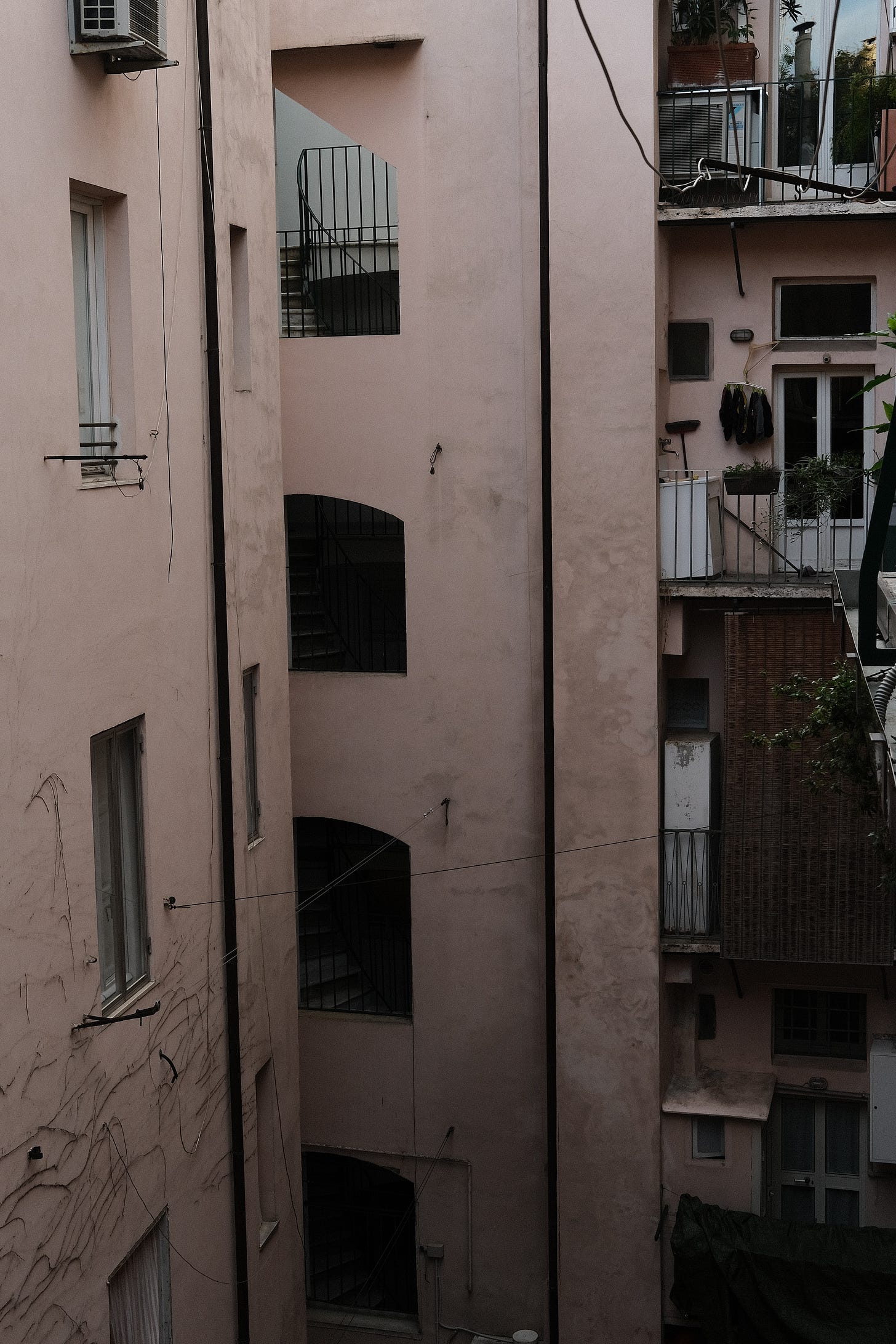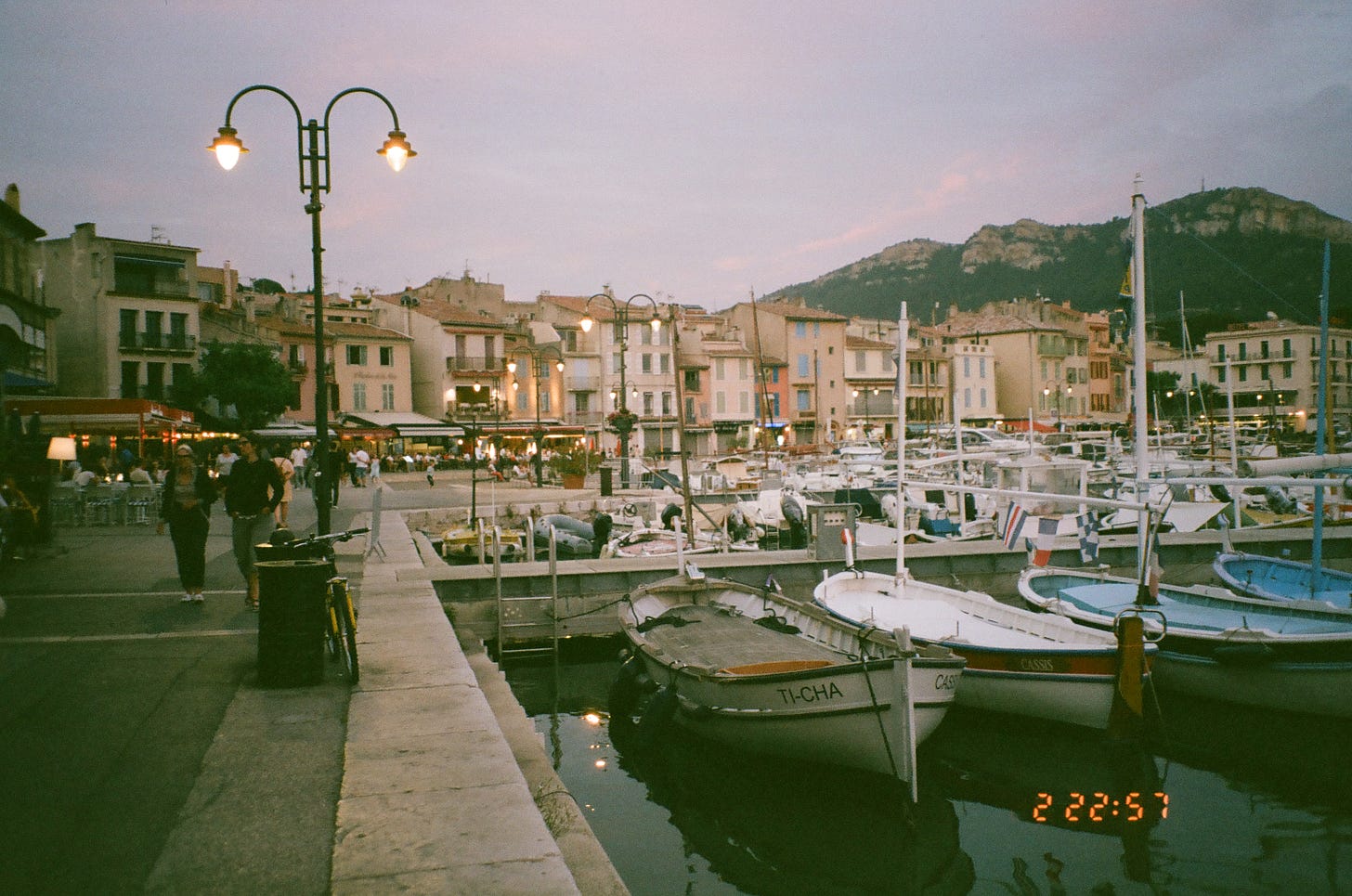So you read Part I of my series on how to start traveling? (In that post I busted some all-too-common myths about travel and revealed how accessible it can be to you. If you haven’t read Part I yet catch up here.) And now you’re ready for the nitty gritty: the skills to start, the details on what you need, and the steps to actually get on your way. Let’s go!
I was inspired to write this two-part series by you; many of you have asked me how to start traveling. I know travel can seem unattainable because you’ve told me as much. Some of you have traveled a great deal but never been the planner of a trip and executor of those plans. You’re curious about how to grow those trip-planning skills. I’m happy to share the skills I’ve learned with you: once you feel empowered to travel, the whole world opens up to you!
So you want to go somewhere. Where do you start?
First things first: dream! Follow your heart. Listen to your gut. Though I am an advocate for listening to your gut in all aspects of your life, travel is especially the place to tune in to your intuition. Ask yourself where you dream of going? What destination makes your heart flutter, puts some pep in your step, sounds too good to be true?
Now the best part? Go there! It’s that easy.
Okay I know it’s not that easy: some destinations are more difficult to reach (like Antarctica) than others (New York City for example). It will just take more time and planning to go to those far reaches. But one of the best parts of travel is choosing where you want to go! So let yourself dream.
You’ve listened to your heart; you know where you want to go. The second step is research. Don’t be scared off by the stodgy-sounding word! Travel research is fun and helps build even more excitement for your trip.
Let’s say you’ve chosen to go to Paris. Here are some of the ways you can research your trip: read a travel memoir about Paris, look up recommended sights in a travel guide book or compilation, read articles from expert travel websites like Conde Nast Traveler or Afar, have coffee with a friend who has been to Paris and pick their brain, watch movies set in the city and make a list of sights that intrigue you, watch old episodes of travel shows about Paris. This list can go on and on; what’s important is that you’re having fun, feeling inspired, and soaking up as much information about your destination that you can. While you’re taking in all of this info, do make sure you tune into the more functional details of your destination such as public transit, weather, languages, and any other details that will make your trip smoother if you are aware of them in advance.
The research stage is basically part two of the dreaming stage. You’re fleshing out a plan, making a list of your must-sees, getting a clear vision for how you want the trip to look.
Step three? Save all of those places to a Google Maps. It’s that simple! You’ve done all of this research, and you don’t want to forget anything when you’re there. Save it all to your Paris Google Maps; download the app; and when you’re in the city and trying to decide where to go next, just pull up the map for inspiration. It’s okay if you don’t make it to all of your saved places— you probably won’t— but you will have all of that research in your back pocket at all times.
The types of places I research and save to my Google maps before a trip include restaurants, cafes, coffee shops, wine bars, sights, museums, roads I want walk down, parks, bookshops. These are the things that interest me; you can save locations specific to your interests!
During the research stage, I also read about different parts of the city and decide which neighborhood I want to stay in. Once you have a good feel for where you want to stay, taking into account things like safety and noisiness and proximity to sights, book your stay.
It’s your trip: choose whatever type of accommodations suit you and your budget. Whether it’s a hotel, a bed & breakfast, or a budget hostel, go with what feels right, is located in the area you want to stay in, and will enhance your trip the most. For example, when I go to New York I like to stay in the East Village or Lower East Side because those neighborhoods are closest to the restaurants and sights I want to focus on, and I can then walk everywhere.
Around this time, you’ll also want to book your flight. I share some tips on how to save money on booking flights here! Suffice to say, the longer you wait to buy a plane ticket there is more likelihood of its price increasing.
Another thing to be aware of when booking in advance of your trip is experiences. Is there a museum or sight or cooking class you’re dying to do on this trip? Better safe than sorry: book it in advance. Oftentimes you can walk right up to sights or museums and get a ticket the day of, but that’s not guaranteed. If it’s a must-see for you, book it ahead on the off-chance that it’s actually sold out when you’re there.
The question to keep in mind the whole time you’re planning your trip is What do I want out of this trip? Let’s go back to our example city, Paris. There’s no right or wrong way to take a trip to Paris. If you don’t enjoy art museums, it’s okay to skip the Louvre. Maybe you care more about vintage shopping and want to focus on the treasure-filled brocantes instead. Amazing! It’s your trip, and you will enjoy it all the more if you seek out what interests you not what you think you “should” see. So, if there’s no experience or museum you need to book in advance because you prefer to wander, that’s okay too!
At this point in your planning you may choose to make an itinerary. If having an itinerary feels like a stress relief to you because it frees you from making loads of decisions while on the trip, great. If having a plan helps relieve you of any nerves you may have, make an itinerary. If the word itinerary sucks all the fun out of your trip, skip this step.
I sometimes make a loose itinerary for trips by simply saving a couple things to my Google calendar for each day of the trip. I always give myself permission to change the plan in the moment, preferring spontaneity in my travels to over-planning. Again, do what feels best for you; having an itinerary can help new travelers feel more prepared and assured that they won’t miss out on anything important to them.
At this point you’re ready to go! The last, crucial bit of planning to be done is plotting your route from the airport to your accommodations. I always neurotically plan this in advance because I know I will be jet-lagged and exhausted upon arrival. Save it your phone, write it in your journal, memorize it, or all three. Your jet-lagged future self will be so grateful to have the route from the airport pre-planned.
I hope these steps help travel feel more attainable to you. Don’t forget to check out Part I if you missed it, and stick around: I’ll be writing a newsletter about what to take with you when you start traveling soon!





